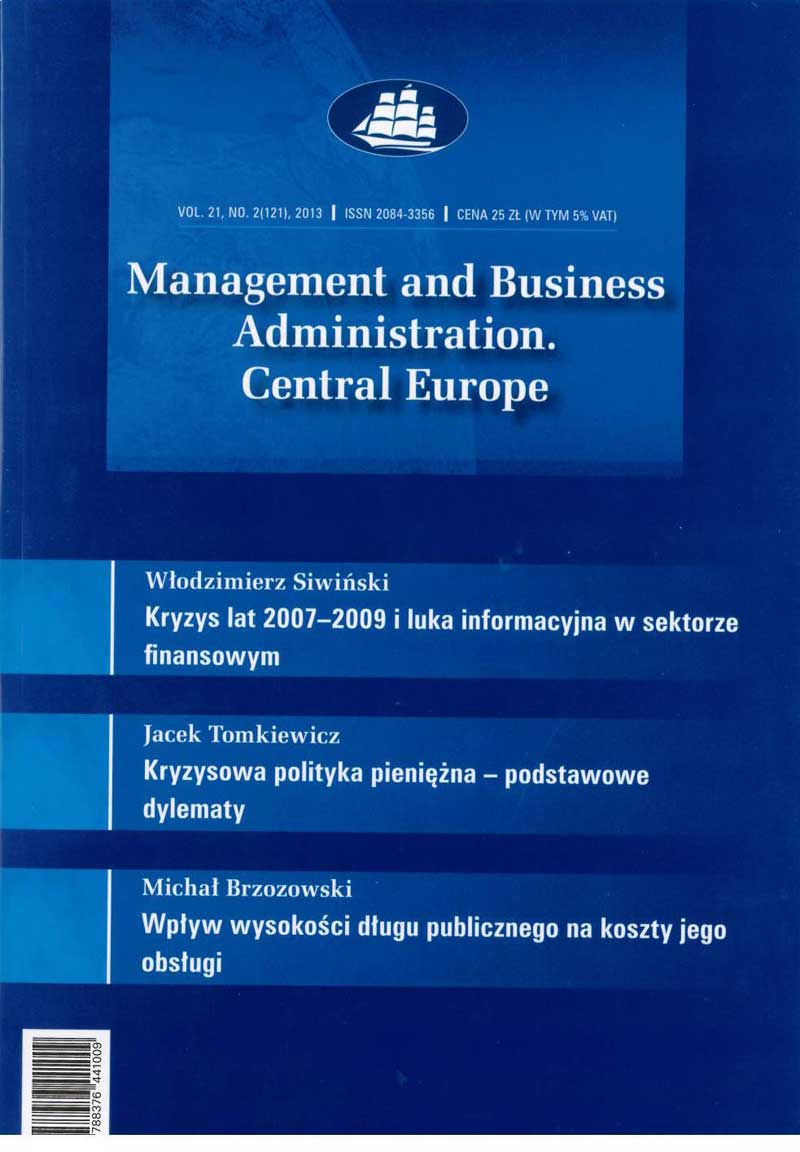Towards Behaviorally Informed Public Interventions
Towards Behaviorally Informed Public Interventions
Author(s): Paweł Śliwowski, Karol OlejniczakSubject(s): Economy
Published by: Akademia Leona Koźmińskiego
Keywords: heuristics; biases; behaviorally informed interventions; NUDGE; THINK; STEER; MINDSPACE; public policy design; public policy evaluation
Summary/Abstract: Purpose: This article informs readers about the theoretical and practical origins of the behaviorally informed interventions (BIPI), analyzes examples of the BIPI from different policy sectors and strategies they offer for policy and regulatory design, and discusses applications and implications of BIPI for public interventions Methodology: This paper is based on a review of literature, as well as an inspection of administrative practices in OECD countries. It encompasses a systematic analysis of scientific papers from the SCOPUS database and a query carried out at the library of George Washington University. Findings: The traditional approach to public policy research is based on rational choice theory. It offers limited support, because by assuming perfect rationality of policy decisions, it overlooks existence of systematic errors and biases of human decision-making. The authors argue that behaviorally informed public interventions (BIPI) might contribute to improving the effectiveness of a number of public measures – regulation, projects, programs, and even entire policies. Practical implications: The behavioral approach allows decision-makers to better understand the decisions and behaviors of citizens, as well as to design more effective interventions with minimum effort by adapting the existing solutions to real decision mechanisms of citizens. Originality: By combining the concepts of traditional approach with the growing behavioral approach, the authors aim to propose a new theoretical framework (BIPI) to be used as a tool for policy design, delivery and evaluation.
Journal: Management and Business Administration. Central Europe
- Issue Year: 2015
- Issue No: 2
- Page Range: 61-91
- Page Count: 31

